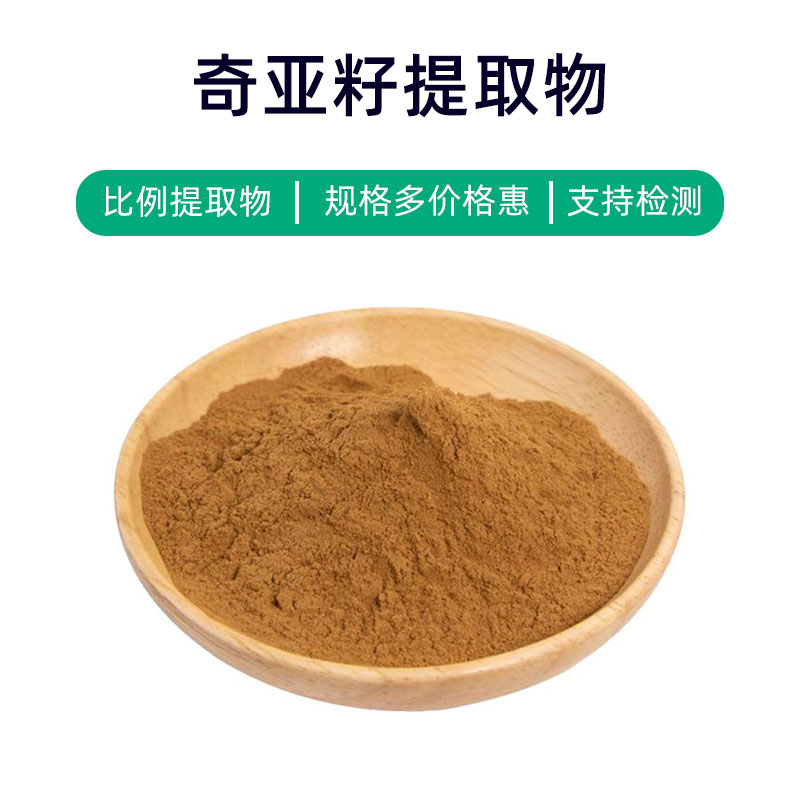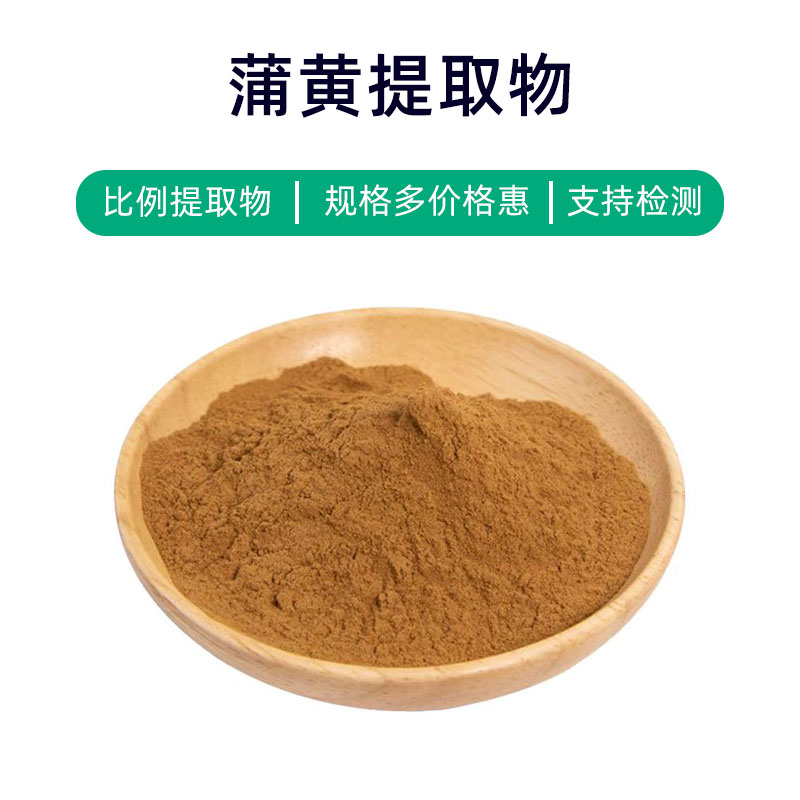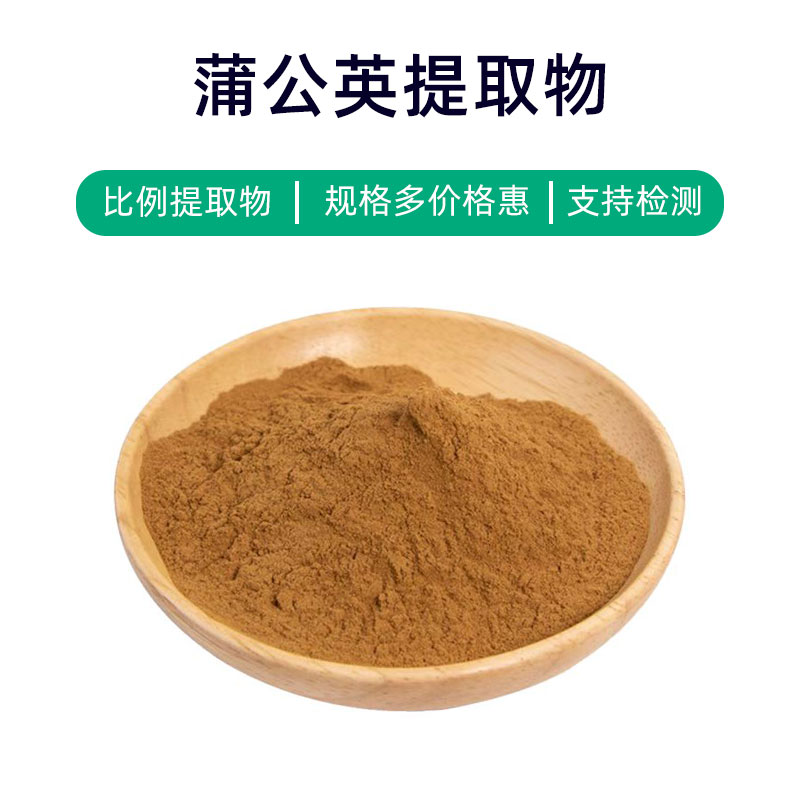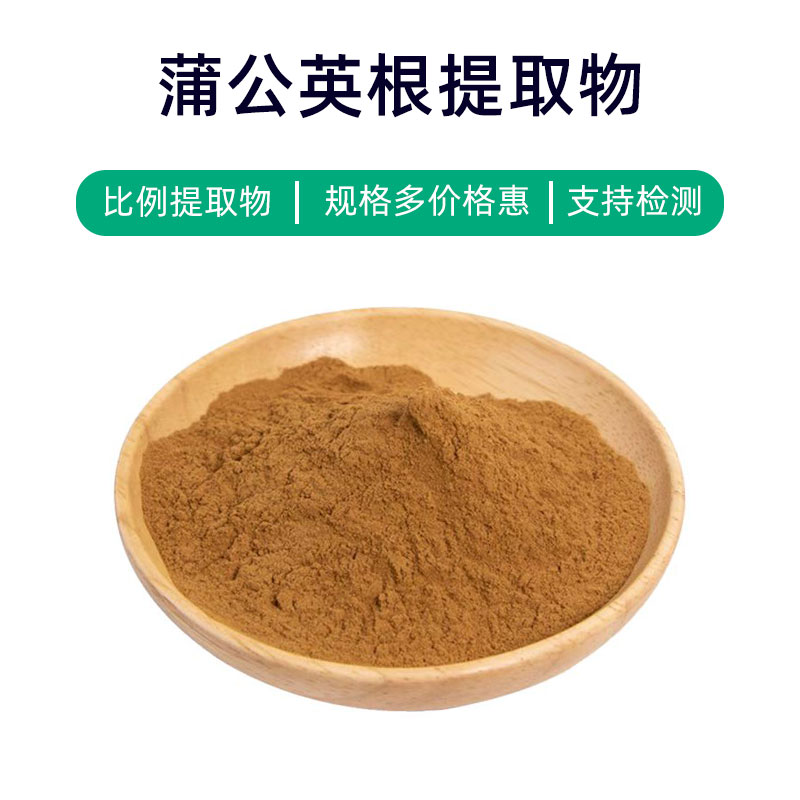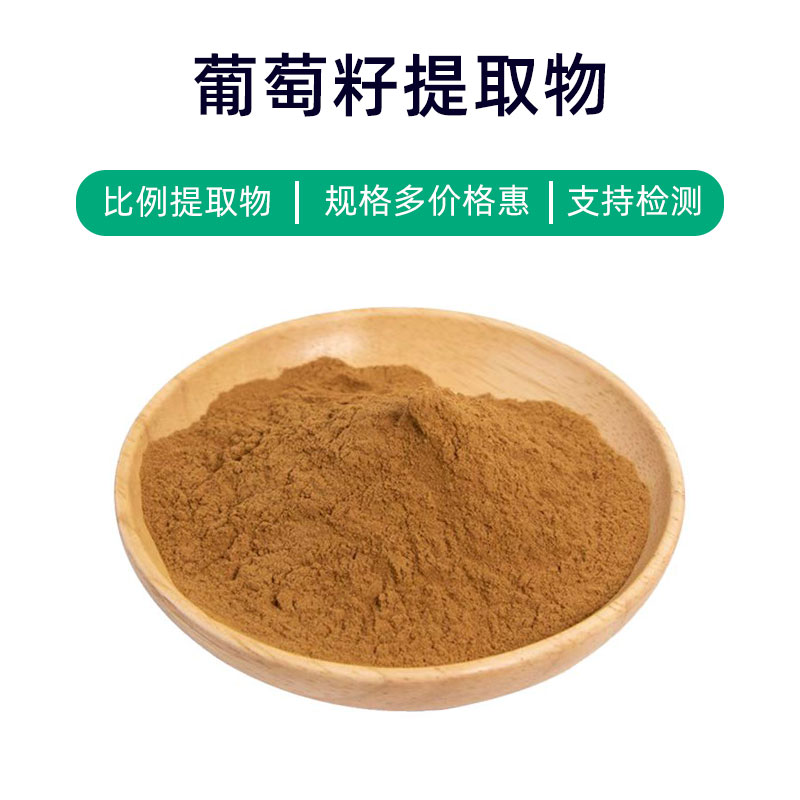Product Introduction for Angelica Extract
Angelica extract is a natural plant extract derived from the roots of the Angelica plant. Its primary components include active ingredients such as angelica polysaccharides, ligustrazine, and essential oils. Angelica polysaccharides can help regulate female endocrine functions, promote blood circulation, and relieve menstrual pain; ligustrazine aids in enhancing circulation and improving microcirculation; while essential oils have antioxidant and anti-inflammatory effects. These components work synergistically, giving Angelica extract a range of health benefits.
In the field of medicine, Angelica extract is commonly used in traditional Chinese medicine formulations to regulate menstruation, nourish blood, promote circulation, and alleviate menstrual pain associated with female health issues. In the dietary supplement industry, it is often made into oral supplements aimed at addressing irregular menstruation and anemia. Additionally, Angelica extract is frequently included in cosmetics, added to skincare or makeup products to moisturize the skin, improve complexion, and soothe skin discomfort.
Overall, as a natural plant extract, Angelica extract is rich in active components and offers diverse health benefits, finding broad applications in medicine, dietary supplements, and cosmetics.
Production Process for Angelica Extract
The production process for Angelica extract typically includes the following main steps:
- Raw Material Preparation: High-quality Angelica roots are selected as raw materials. The choice of raw materials significantly affects the quality of the final extract. Generally, fresh Angelica roots yield more effective components.
- Washing: The collected Angelica roots are washed to remove dirt, impurities, and surface debris. This step helps improve the purity and quality of the extract.
- Grinding: The washed Angelica roots are ground to facilitate the release of active ingredients. Mechanical grinding or crushing techniques are usually employed.
- Solvent Extraction: The ground Angelica roots are mixed with an appropriate solvent (such as ethanol or water) for immersion extraction. The solvent effectively dissolves the active components in Angelica, releasing them from the plant matrix.
- Filtrate Separation: The mixed extraction solution undergoes filtration to separate the dissolved Angelica extract from solid particles, resulting in a liquid extract.
- Concentration: The obtained extract is concentrated to remove excess solvent, resulting in a more purified extract.
- Drying and Powdering: The concentrated extract is dried to eliminate residual moisture, yielding a dry Angelica extract. Sometimes, the dried extract is powdered to achieve the desired particle size.
- Quality Control: The final Angelica extract undergoes quality control, including component analysis and physicochemical testing to ensure compliance with relevant standards and requirements.
This outline represents a common production process for Angelica extract; however, variations may exist among different manufacturers and processes, generally adhering to similar principles.
Efficacy and Side Effects of Angelica Extract
Angelica extract is a commonly used herbal supplement with a range of benefits:
- Regulates Female Menstrual Cycle: Angelica is widely used to balance the menstrual cycle, especially for conditions like irregular menstruation, dysmenorrhea, and premenstrual syndrome. Its active components can help regulate the endocrine system and alleviate menstrual discomfort.
- Blood Nourishment: Angelica is believed to have blood-nourishing properties, helping alleviate symptoms of anemia, weakness, and qi and blood deficiency. It promotes blood circulation and increases red blood cell counts.
- Anti-inflammatory and Analgesic: Angelica contains several compounds with anti-inflammatory and pain-relieving properties, useful for treating conditions like arthritis and rheumatic pain.
- Regulates the Immune System: The active ingredients in Angelica help regulate the immune system, boosting the body's resistance and enhancing immune function to prevent infections and diseases.
- Liver Protection: Angelica is known for its liver-protective properties, reducing liver damage and promoting the repair and regeneration of liver cells, beneficial for conditions like hepatitis and fatty liver.
- Promotes Digestion: Angelica aids digestion by enhancing gastrointestinal motility and alleviating discomfort in the digestive tract, contributing to gut health.
- Regulates Blood Lipids: Active components in Angelica can regulate lipid metabolism and lower blood lipid levels, helping prevent and improve conditions related to high cholesterol.
- Enhances Skin Health: The active ingredients in Angelica provide nourishment and hydration to the skin, improving issues like dryness and roughness while promoting cell regeneration and repair.
Although Angelica extract has numerous benefits, it is essential to consider individual differences and dosage control to avoid allergic reactions or adverse effects. Pregnant and breastfeeding women, as well as those undergoing other medical treatments, should consult a healthcare professional before use to prevent any potential adverse reactions.
Application Scenarios and Dosage of Angelica Extract
Angelica extract has extensive applications in the fields of medicine, food, and cosmetics. The following are its primary applications and suggested dosages:
- Medical Applications:
- Menstrual Irregularities and Pain Relief: Angelica extract is often used to regulate the female menstrual cycle and relieve discomfort, with a typical dosage of 15-30 grams per serving, either simmered or steeped in water.
- Blood Nourishment: As a remedy for blood deficiency, Angelica is commonly used for symptoms of anemia and weakness, with a typical dosage of 10-20 grams per serving, either brewed or stewed.
- Anti-inflammatory and Analgesic: The anti-inflammatory components in Angelica are useful for treating arthritis and rheumatic pain, typically administered as a decoction, topical application, or in ointment form.
- Food Applications:
- Flavoring: Angelica extract adds a unique flavor and health benefits to cooking, generally used in moderate amounts according to personal taste.
- Health Supplements: Angelica extract is often made into capsules or granules for use in health foods, helping with menstrual regulation and blood nourishment. It is advisable to follow product instructions for dosage.
- Cosmetic Applications:
- Skincare Products: With moisturizing and blood circulation enhancing properties, Angelica extract is commonly used in skincare products like masks and lotions, with dosage based on product guidelines.
- Hair Care: Angelica extract is also found in hair care products, promoting scalp circulation and hair growth. Usage should follow product recommendations.
In summary, Angelica extract is widely used in medicine, food, and cosmetics, but careful adherence to specific conditions and product instructions is essential to avoid overuse or misuse leading to adverse effects. Pregnant, breastfeeding women, and individuals with specific health conditions should consult a healthcare provider before use.
Overview of the Plant Source, Distribution, and Growth Environment of Angelica Extract
Angelica (scientific name: Angelica sinensis) is a perennial herb from the Apiaceae family, also known as female ginseng or ligusticum. Below is an overview of the plant source of Angelica extract, its distribution, and growth environment:
Plant Overview:
Angelica is a herbaceous plant, typically ranging from 1 to 2 meters in height. It features a long, cylindrical stem, large feather-like leaves, and small yellowish-green flowers. The root system is the medicinal part, reddish-brown in color, fleshy, and characterized by a distinct aroma.
Distribution:
Angelica is native to China, primarily found in regions like Shaanxi, Gansu, Sichuan, Hubei, Hunan, and Guizhou. Additionally, it is distributed in other Asian countries, such as Japan, Korea, and Vietnam, as well as some regions in Europe.
Growth Environment:
Angelica thrives in warm, humid environments, typically found at elevations of 1,500 to 3,000 meters in mountain meadows, along forest edges, shaded areas, and valleys. It prefers well-drained, nutrient-rich soils and moderate sunlight, as it does not tolerate intense sunlight exposure.
Cultivation:
Angelica is generally propagated through methods like division, seeding, or transplanting. During cultivation, it is essential to keep the soil moist, regularly fertilize, and manage weeds and pests. The growth cycle of Angelica can be relatively long, typically requiring 2 to 3 years from seed planting to harvest.
In summary, Angelica is a widely distributed herb in China and other Asian regions, with its roots being the medicinal part that holds significant health value. Under suitable conditions, Angelica can thrive abundantly, making it valuable in traditional Chinese medicine cultivation with notable economic and medicinal importance.
Processing and Storage of Angelica Extract
The processing of Angelica extract typically involves the following steps: First is cleaning, where the harvested Angelica roots are thoroughly washed with clean water. Next, the cleaned roots are sliced or cut into appropriate sizes. After that, the cut roots are dried in a well-ventilated environment. Finally, the dried roots are either ground or immersed to produce Angelica extract.
For storage, Angelica extract should be kept in a dry, cool, well-ventilated space, away from direct sunlight and humidity. It's advisable to store the extract in a sealed container to prevent moisture penetration. Additionally, avoid contact with harmful gases or odorous substances to maintain quality. Use within the recommended timeframe to preserve its optimal medicinal effects.
Monica Sun is a seasoned expert in the plant extraction industry with over a decade of experience in research and production. She specializes in the extraction and purification of plant active ingredients, focusing on driving innovation in natural product applications. Monica has participated in the development of multiple functional plant extracts, delivering high-value natural raw material solutions for the health food, pharmaceutical, and dietary supplement sectors.









